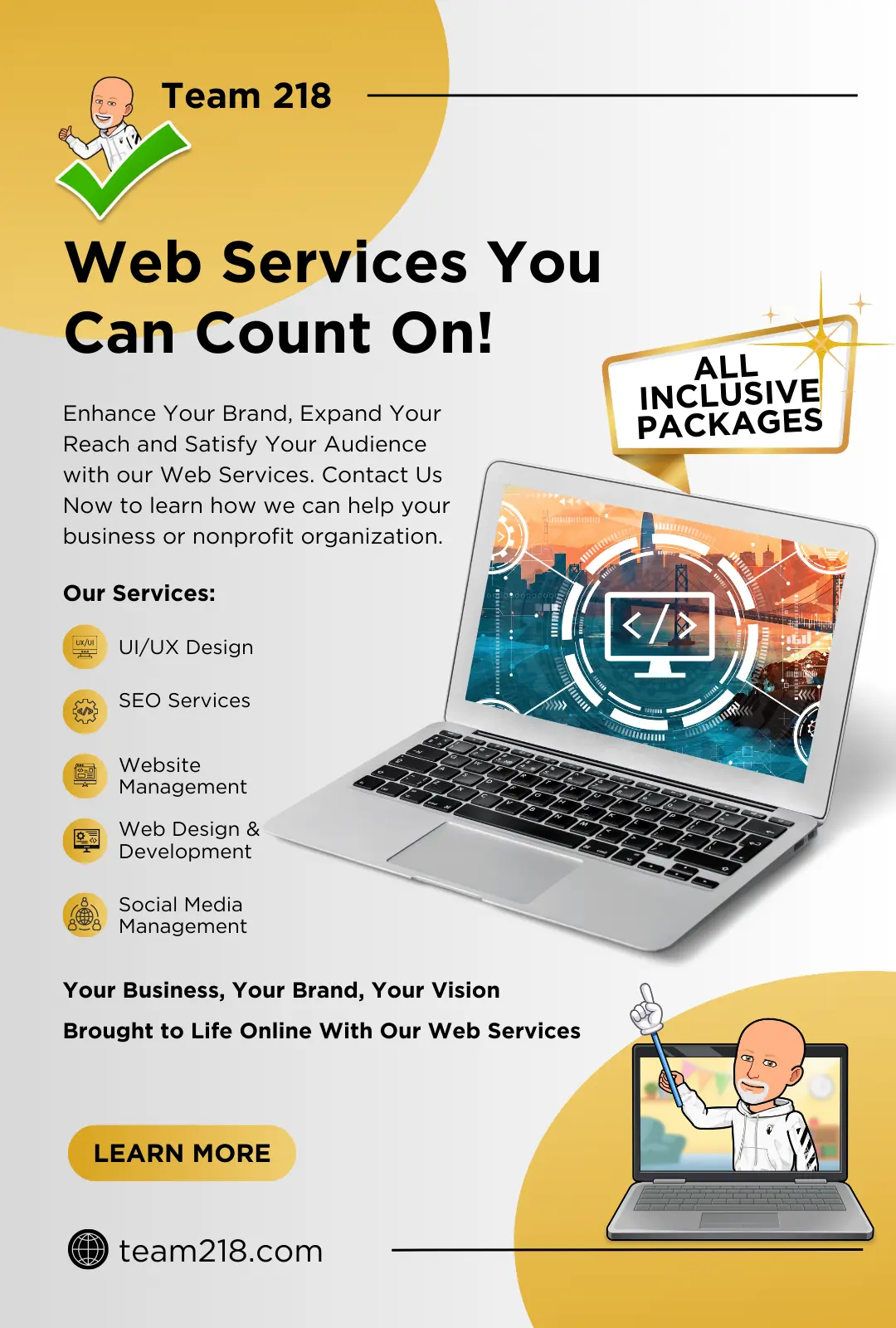Vital Tips for Learning Modern Web Design Methods
Vital Tips for Learning Modern Web Design Methods
Blog Article
Trick Considerations to Bear In Mind When Establishing a Modern Website Design That Aligns With Existing Trends
In the ever-evolving landscape of internet design, it is essential to consider numerous essential elements that not just reflect current trends yet likewise enhance user involvement. A responsive layout is vital, making sure that customers experience seamless functionality throughout various devices. Focusing on customer experience via instinctive navigating and aesthetic appeal can not be forgotten.
Responsive Layout Principles
In the ever-evolving landscape of web layout, the execution of receptive layout concepts stands as a basic need for creating easy to use internet sites. Responsive style makes certain that websites provide well on a variety of gadgets, from desktops to mobile phones and tablet computers. This versatility is attained through fluid grids, flexible photos, and media inquiries, which collectively enable a solitary website to supply an optimal viewing experience throughout varied systems.
The core of responsive layout hinges on its capability to readjust format and material based on the individual's screen dimension and orientation. By employing relative units like percents rather of fixed units like pixels, designers can create scalable formats that keep aesthetic honesty. In addition, employing media inquiries enables for the application of various styles depending upon the attributes of the device, helping with tailored experiences that enhance usability.
Additionally, receptive style is not simply a technical consideration; it is essential in accommodating the increasing use smart phones for internet browsing. As individual expectations develop, guaranteeing access and functionality throughout all systems comes to be critical for maintaining involvement and satisfaction. Hence, accepting responsive layout principles is vital for modern web growth, cultivating inclusivity and future-proofing electronic content.
Emphasis on Individual Experience
Customer experience (UX) has arised as a central emphasis in contemporary internet style, complementing the concepts of responsive design by focusing on just how users interact with internet sites. A well-designed UX can dramatically affect user involvement, retention, and complete satisfaction, underscoring the requirement for developers to create delightful and user-friendly experiences.
Key aspects of reliable UX design consist of use, performance, and visual appeals. Websites must be easy to navigate, making certain customers can find the details they seek without confusion. Succinct and clear navigating menus, regular format, and logical content company are important in accomplishing this objective. In addition, capability plays a critical function; interactive components have to function seamlessly across all web browsers and tools.

In addition, incorporating individual responses right into the design process is essential - web design. Carrying out functionality testing and gathering understandings from actual users can offer useful info to refine the design and address pain factors. Eventually, a solid focus on customer experience will certainly assist develop sites that resonate with visitors, promoting loyalty and driving conversions
Importance of Access
Accessibility is a fundamental aspect of modern web style, making sure that all customers, despite their abilities or specials needs, can browse and engage with electronic web content effectively. As the web becomes significantly indispensable to every day life, it is essential that websites are comprehensive, satisfying a diverse audience that consists of people with visual, auditory, cognitive, and electric motor problems.
Carrying out availability functions not only adheres to lawful needs, such as the Americans with Disabilities Act (ADA) and the Web Content Accessibility Standards (WCAG), however likewise enhances individual experience for everybody. Obtainable designs frequently lead to far better navigating, quicker packing times, and boosted search engine optimization, benefiting all customers.
In addition, promoting an inclusive electronic environment reflects favorably on a brand's reputation. Firms that prioritize availability show social responsibility and a dedication to equity, which can enhance client loyalty and broaden their market reach.

Existing Visual Patterns
Accepting current visual patterns is essential for creating engaging and aesthetically appealing internet sites that record customer interest. In today's digital landscape, minimalism remains to control, emphasizing tidy lines, enough white space, and simple navigating. This approach not only boosts readability but also enables essential web content to radiate, straightening with individual expectations for simpleness and clarity.
In addition, making use of bold typography is increasingly preferred, boosting and giving an unique voice brand identity. Huge, attention-grabbing typefaces can develop visual power structure, assisting customers through the content effectively. Furthermore, vibrant color schemes are making a comeback, permitting designers to stimulate emotions and create unforgettable experiences.
An additional fad is the unification get more of natural shapes and asymmetrical designs, which can include a component of surprise and creativity, setting a web site apart from more conventional styles. The assimilation of immersive visuals, such as top quality images and video clips, can engage users and convey messages much more incredibly.
As these aesthetic fads advance, it is important for web designers to stay educated and adjust their strategies, ensuring their creations continue to be pertinent and reverberate with contemporary audiences.
Enhancing for Performance
While aesthetic considerations play a substantial role in attracting customers, maximizing for efficiency is just as important to ensure a smooth surfing experience. A properly designed site ought to fill promptly and react immediately to individual communications, as hold-ups can result in irritation and boosted bounce rates.
To attain optimum efficiency, developers should focus on lessening documents dimensions by compressing images and making use of effective coding practices (web design). Executing lazy loading techniques can additionally improve speed by postponing the loading of non-essential resources till they are required. In addition, leveraging Material Delivery Networks (CDNs) can disperse static possessions better to customers, lowering latency
Additionally, it is necessary to make use of contemporary internet technologies such as HTML5 and CSS3, which not just enhance performance however likewise improve compatibility throughout various devices and web browsers. Frequently keeping an eye on site rate using devices like Google PageSpeed Insights can provide useful understandings into areas for renovation.

Final Thought
In conclusion, contemporary internet design demands a diverse technique that incorporates receptive layout concepts, a focus on customer experience, and rigorous adherence to access standards. Collectively, these considerations contribute to the creation of a natural and impactful online existence that satisfies the diverse needs of modern customers.
In the ever-evolving More about the author landscape of internet design, it is essential to consider several crucial variables that not just reflect current fads but additionally improve customer involvement. A responsive layout is critical, ensuring that users experience smooth capability across various tools.The core of responsive design exists in its capability to adjust format and material based on the individual's screen size and orientation.Furthermore, incorporating go right here customer feedback right into the style process is essential.In verdict, contemporary internet style necessitates a complex method that encompasses receptive style concepts, a focus on user experience, and stringent adherence to ease of access criteria.
Report this page